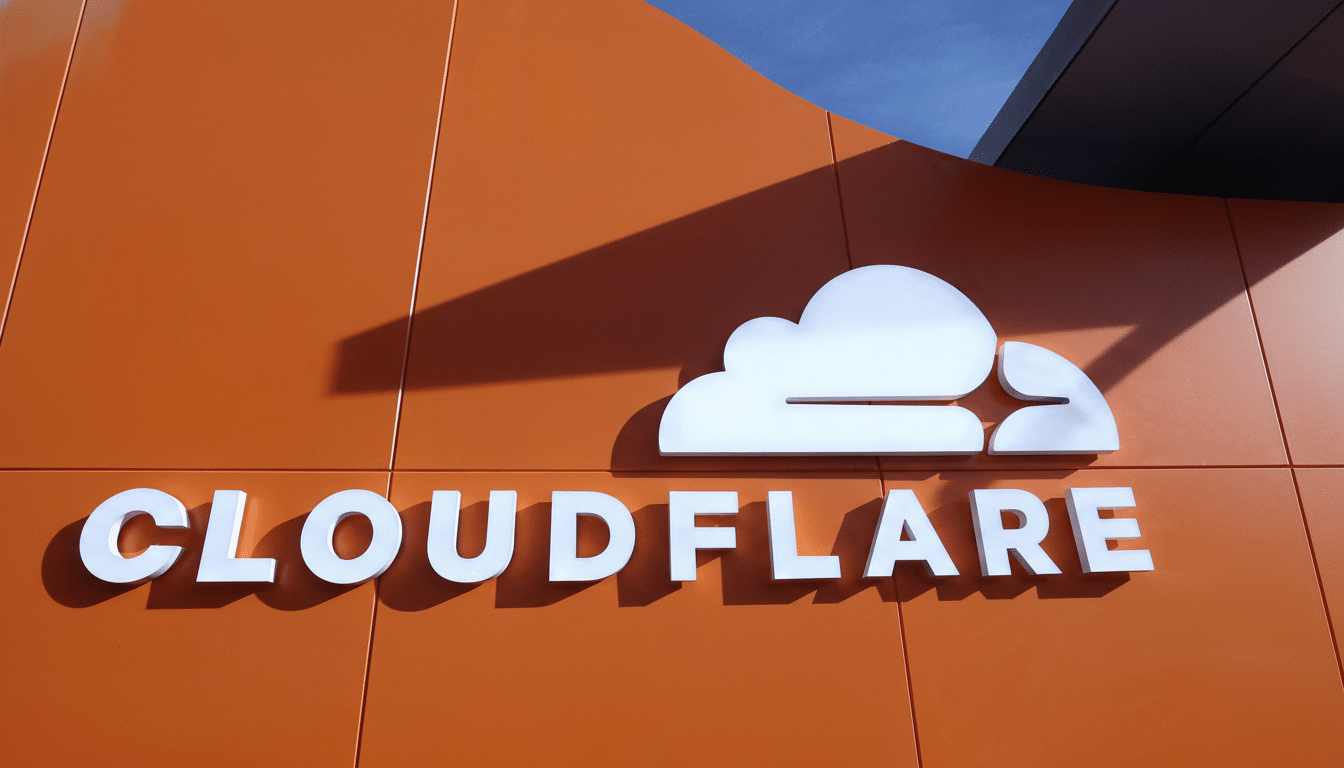Cloudflare powers a gigantic fraction of the internet, quietly optimizing its traffic and fending off attackers for companies big and small. When it burps, people notice: recent outages propagated across high-profile services like ChatGPT and X, serving as a reminder that one vendor’s edge network now touches daily life online. So what is Cloudflare, and why does it matter so much?
What Cloudflare Does: CDN, security, and DNS services
At its core, Cloudflare is an internet infrastructure company with reverse proxy servers that act as a buffer between users and websites. It operates what is known as a content delivery network (CDN) that caches a web page’s assets at the “edge,” in data centers closer to where people connect, then relays the requests along its private backbone based on Anycast protocols that send your request to the closest location still working.
- What Cloudflare Does: CDN, security, and DNS services
- Why Cloudflare Matters for performance, scale, and security
- Beyond the CDN: Cloudflare’s developer and Zero Trust platform
- How the technology works across routing, caching, and security
- Outages and centralization risks in a highly connected internet
- What this means for users and companies relying on Cloudflare

This arrangement minimizes latency, lowers site owners’ bandwidth costs and protects origin servers from traffic surges. Cloudflare sits on top of the CDN with a web application firewall, bot management, DDoS protection, rate limiting and TLS termination. Cloudflare is many ventures’ first line of defense against volumetric attacks and application-level vulnerabilities.
The company also runs one of the most broadly used DNS infrastructures in the world. Its 1.1.1.1 public resolver is celebrated for its speed and privacy, and it’s consistently ranked among the world’s fastest by industry monitors like DNSPerf. Domain owners, meanwhile, enjoy Cloudflare’s authoritative DNS infrastructure and its high availability with fast updates.
Why Cloudflare Matters for performance, scale, and security
Scale is the headline. According to W3Techs, Cloudflare sits in front of an estimated 20% of the internet’s traffic and a majority of sites that employ a CDN. The company’s network serves hundreds of cities in over 100 countries, and has triple-digit terabits per second of capacity, along with thousands of network interconnections directly to those countries. In practice, that means your request makes fewer “hops,” in some cases shaving milliseconds off the time it takes to load a page or open an app.
Security volume is equally striking. Cloudflare’s DDoS Trends reports regularly cite deterring hundreds of billions of malicious requests per day at peak, including unprecedented application-layer blasts. But because so many organizations rely on this fortress, any outage — no matter how short — can spread across unrelated services, from chatbots to transit tools.
Beyond the CDN: Cloudflare’s developer and Zero Trust platform
Cloudflare has expanded into a general-purpose cloud platform. Workers, its serverless runtime, executes code at the edge without any servers to run low-latency APIs, personalized content and AI inference near users. Storage and data services — R2 object storage, KV and Durable Objects for state, Queues for event pipelines — allow developers to build whole applications without leaving the network.
On the corporate side, Cloudflare One combines Zero Trust access, secure web gateways, remote browser isolation and posture checking to replace or supplement traditional VPNs. This is the simple argument that we are trying to make—you route workforce traffic over the same globally distributed fabric that speeds up websites for the public, but this time, identity-aware policies will dictate who can reach what.

How the technology works across routing, caching, and security
Anycast BGP announces the same IP addresses from multiple locations, so users will automatically go to the closest healthy data center.
From that point, Cloudflare’s stack takes over and performs TLS, enforces security rules, and then makes a decision about either serving cached content or fetching from the origin. Smart routing systems — like Argo — use real-time data to avoid hot spots and frequently reduce latency and packet loss relative to the open internet.
At the edge, isolation and efficiency count. It uses light isolates instead of full containers, which makes for fast cold starts and high density per server. Cloudflare relies on those same in-kernel packet filters as well as eBPF-based instrumentation to ingest and nullify enormous DDoS attacks without disrupting valid traffic.
Outages and centralization risks in a highly connected internet
With such a massive traffic consolidation, failures are also magnified. Software misconfigurations, control plane issues and odd traffic spikes can temporarily knock many unrelated sites offline. Observers such as the Internet Society have been issuing warnings for years that concentration of core functions — DNS, CDN, DDoS filtering — in a few platforms just exacerbates systemic risk.
Cloudflare also sits at the intersection of security and speech. It has only infrequently revoked shielding from sites that have been connected to harassment or violence, such as Daily Stormer, 8chan, and Kiwi Farms—decisions that reignited discussion over the power of infrastructure providers. The company shares transparency reports regarding policy decisions and law enforcement requests.
What this means for users and companies relying on Cloudflare
For these users, Cloudflare typically results in faster pages, less-frequent timeouts and improved protection against common attacks — until the occasional incident reveals how much we now depend on one another across the web. For businesses, it is a single front for performance, security and developer tooling that can be enabled with DNS changes and scaled globally without hardware.
Here’s the short version: Cloudflare is part accelerator, part shield, part edge cloud. It helps keep a big chunk of the internet fast and reliable — and when it falls, the ripples move beyond just social sites.

